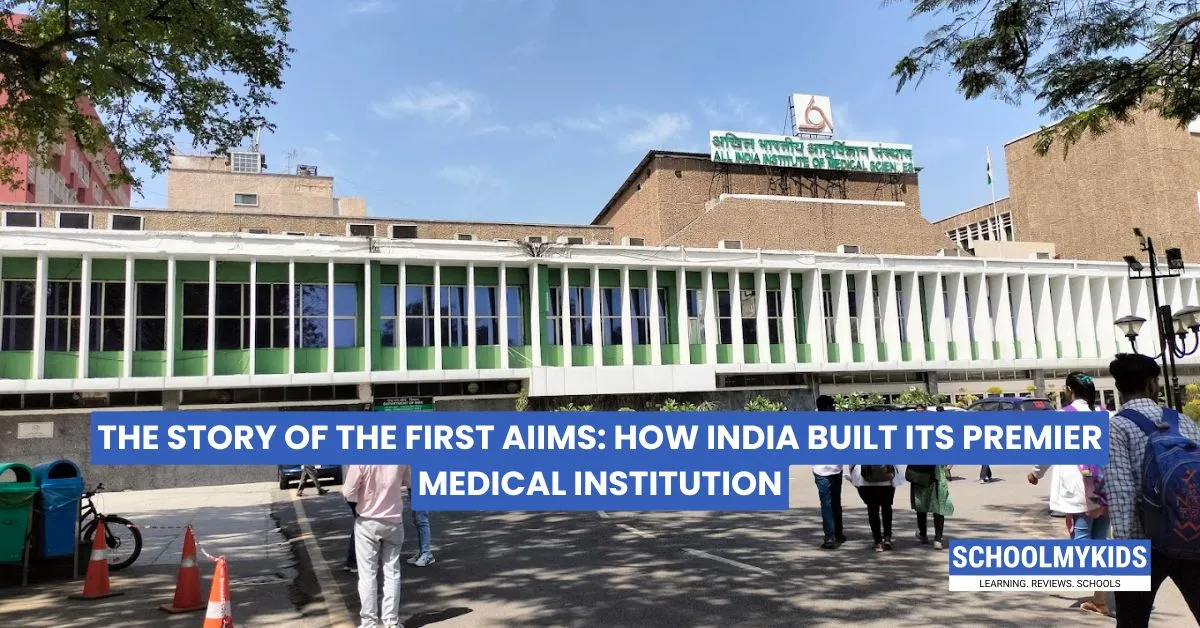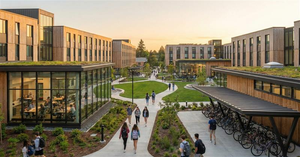A Vision Beyond Independence
In the years following India’s independence in 1947, the country was plagued by poverty, malnutrition, epidemics, and a deeply inadequate healthcare system. With a fragile public health network and a shortage of skilled medical professionals, the need for a world-class medical education and research institute became urgent.
The government of India, under Prime Minister Jawaharlal Nehru, understood that modern India needed more than just hospitals—it needed a center of excellence that would train top doctors, lead cutting-edge medical research, and guide health policy.
The Bhore Committee Report (1946)
The foundation of this idea had already been laid before independence. In 1943, the Health Survey and Development Committee, chaired by Sir Joseph Bhore, was constituted by the British colonial government.
In its 1946 report, the Bhore Committee recommended:
- A unified, comprehensive health service for the entire population.
- A central medical institute with integrated teaching, clinical care, and research.
- Emphasis on preventive medicine along with curative care.
This report became the blueprint for AIIMS.
Rajkumari Amrit Kaur: The Driving Force
After independence, Rajkumari Amrit Kaur, India’s first Minister of Health and a key figure in the freedom movement, took it upon herself to bring the Bhore Committee’s vision to life.
She believed that India needed not just doctors, but doctors who were trained to serve society with compassion, scientific knowledge, and leadership.
She played a pivotal role in:
- Mobilizing support from Nehru and the Planning Commission.
- Lobbying for international aid and academic collaboration.
International Collaboration and Funding
To fund this ambitious project, Amrit Kaur approached several international agencies. Significant financial and technical assistance came from:
- The Government of New Zealand
- The Rockefeller Foundation (USA)
- The Australian Government
- West Germany
This global support was instrumental in turning the AIIMS dream into a reality.
Establishment of AIIMS (1956)
The All India Institute of Medical Sciences (AIIMS) was officially established in 1956, under the AIIMS Act, 1956, as an autonomous institution under the Ministry of Health and Family Welfare.
Key features of the Act:
- AIIMS was to be a "deemed university".
- It would conduct its own examinations and award degrees.
- It would integrate teaching, research, and patient care under one roof.
The Campus and Growth
AIIMS was built in Ansari Nagar, New Delhi, on land allocated by the Government of India. It started with:
- Undergraduate and postgraduate medical education
- Research labs in anatomy, pathology, pharmacology, and microbiology
- A 960-bed hospital providing high-quality healthcare
Over time, AIIMS also established:
- India’s first neurosciences center
- A dedicated oncology wing
- Advanced cardiology and transplant units
National and Global Reputation
AIIMS quickly emerged as India’s top medical institution. Its entrance exam became one of the toughest in the country. The AIIMS model blended clinical rigor with academic research, attracting both top students and top faculty.
The institute:
- Led epidemiological research and vaccine trials
- Played a key role in national health programmes
- Became a referral center for complex diseases
Today, AIIMS is ranked among the best hospitals in Asia and continues to expand with AIIMS-like institutions across India.
Legacy of Service and Excellence
The story of AIIMS is not just about buildings or equipment. It’s about a visionary leader, Rajkumari Amrit Kaur, and her belief in public service. It’s about India choosing to build excellence from within, and making healthcare accessible, research-driven, and ethically grounded.








Be the first one to comment on this story.